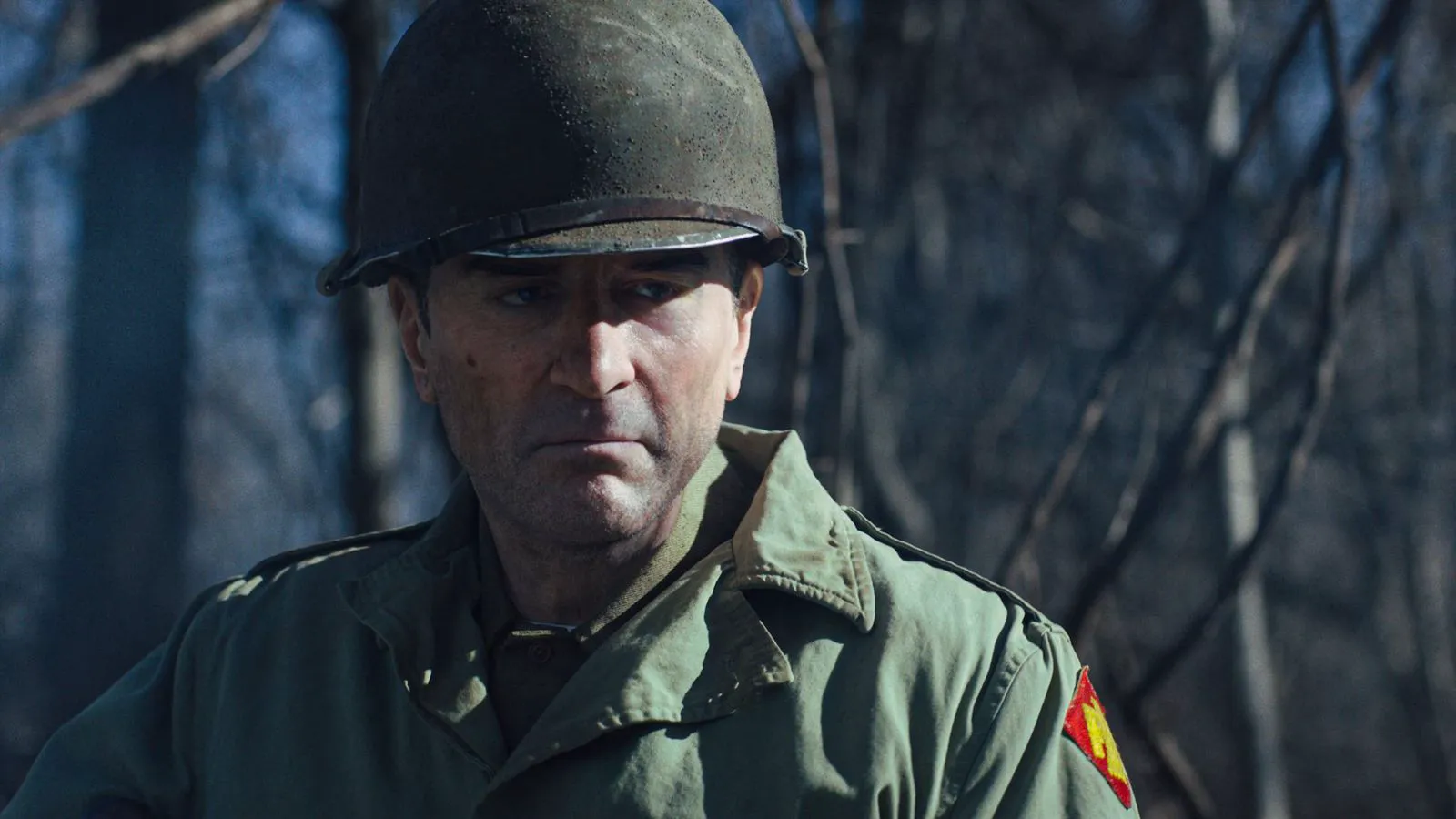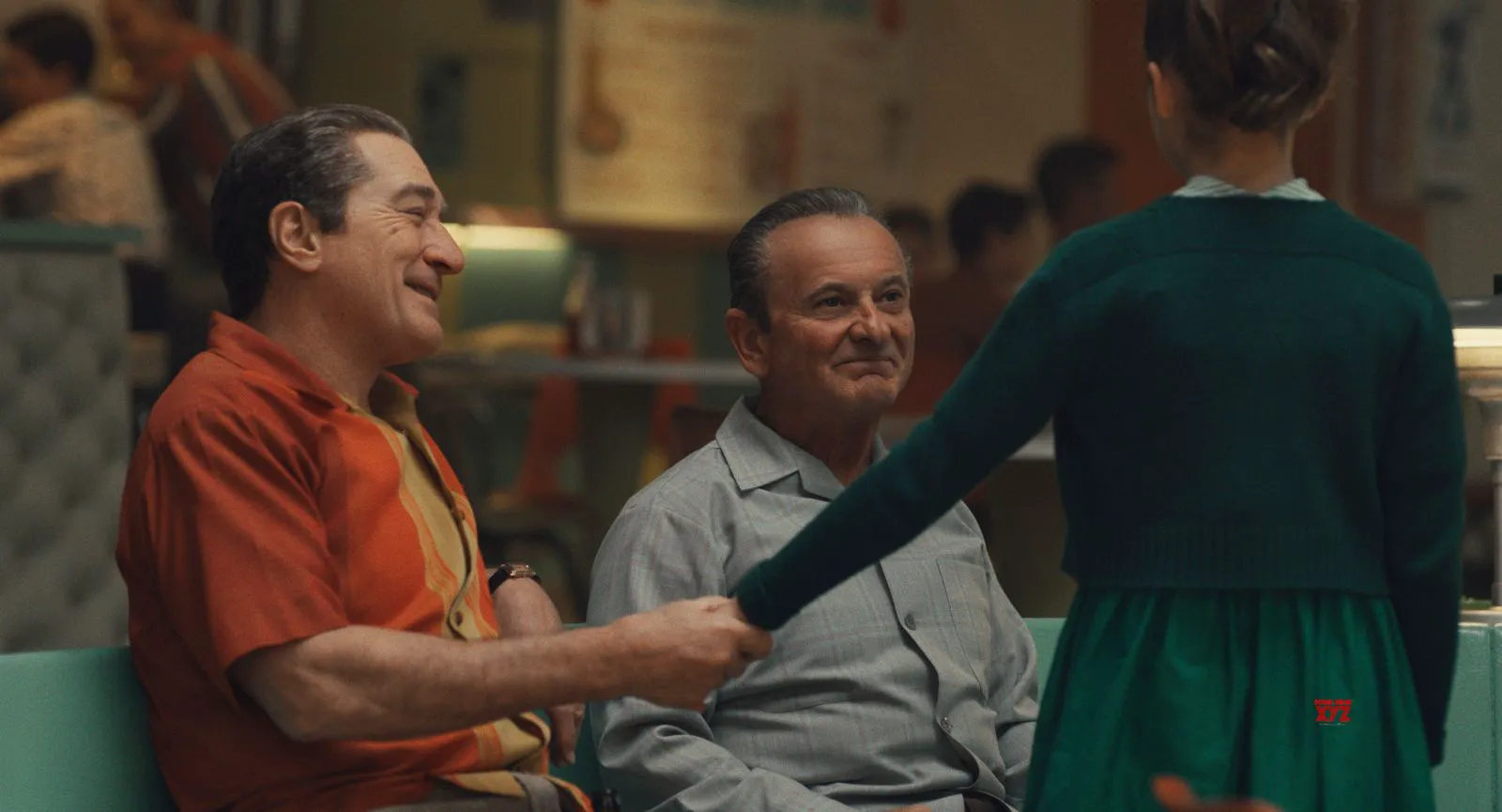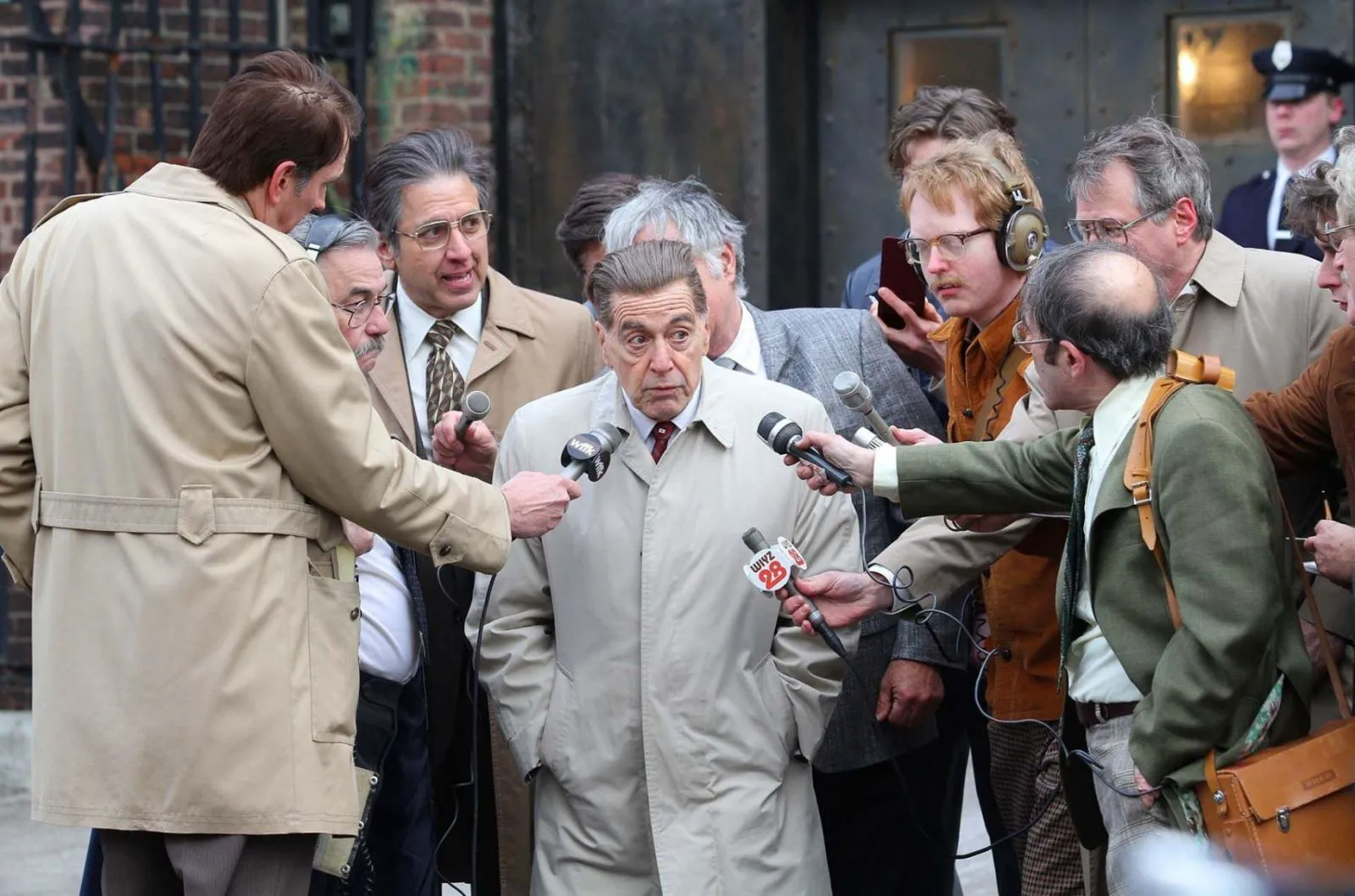The Irishman: A Modern Classic from Scorsese
Martin Scorsese delivers a new classic, featuring Robert De Niro, Al Pacino, and Joe Pesci in their finest performances in two decades.
Frank Sheeran (Robert De Niro), a World War II veteran, seeks a better life than his job as a meat truck driver offers. He encounters mob boss Russell Bufalino (Joe Pesci) and, after doing him a small favor, finds himself entangled in the local mafia. Known as “The Irishman,” Frank rises through the ranks, handling increasingly serious tasks like debt collection and eliminating threats. His impeccable reputation leads him to Jimmy Hoffa (Al Pacino), the powerful and headstrong leader of the Teamsters Union. Their friendship deepens until Hoffa becomes a problem that needs to be dealt with.

“The Irishman” is arguably Scorsese’s best film since “Goodfellas,” a true masterpiece from one of the greatest directors of our time. This flawless film will undoubtedly be studied by film students for years to come. The production spanned 108 days, encompassing 309 scenes across 170 locations, all woven into a compelling three-and-a-half-hour narrative where every minute counts. The plot unfolds smoothly, without excessive adrenaline rushes (at least in the first two acts), yet it captivates the audience, making time irrelevant.
Behind the Scenes

The film is based on Charles Brandt’s book “I Heard You Paint Houses,” in which Frank “The Irishman” Sheeran confessed to his involvement in numerous murders. Steven Zaillian (“Schindler’s List,” “Gangs of New York”) began adapting the screenplay a decade ago, but the project faced repeated delays due to funding issues. The challenge was to convincingly de-age the three lead actors, a task far more complex than simply photoshopping a mustache. Fortunately, Netflix took a gamble on this expensive experiment. The investment in ILM paid off, as the digitally restored De Niro, Pesci, and Pacino appear natural on screen, dispelling fears raised by the trailer.
Moral Ambiguity and Historical Context
Hoffa’s name frequently appears in conspiracy theories surrounding President Kennedy’s assassination. Hoffa despised the Kennedy family, particularly Robert Kennedy, who repeatedly challenged him. While Sheeran avoided the Kennedy assassination in his book, he admitted to delivering weapons to the mafia the day before the crime. Scorsese delicately navigates these sensitive issues. In the 1960s, people vanished mysteriously, and many murders remained unsolved. Scorsese focuses on Frank’s moral conflict, exploring how an inherently good person lives with the weight of their actions and how those actions impact their relationships. Similarly, Hoffa’s immense power diminishes, ultimately striking him down. Hoffa believed he was above the law, but as The Clash sang, “I fought the law and the law won.” Through the film’s extensive runtime, we experience a life filled with doubt, remorse, and irreversible consequences.

Scorsese and De Niro had been eager to collaborate again since “Casino” in 1995, but fate kept delaying their reunion. This year has been kind to De Niro, with a cameo in “Joker” and “The Irishman” redeeming his recent less successful roles. De Niro’s talent hasn’t faded; he simply needed the right projects. In “The Irishman,” he surpasses himself, delivering a performance we’ve awaited for nearly 30 years, proving he can still captivate audiences. Pacino is also at his best, reportedly listening to recordings of Jimmy Hoffa’s voice on set to immerse himself in the character. This method works wonders for Pacino, reminiscent of his electrifying monologues in “The Devil’s Advocate.” As for Joe Pesci, his rare but impactful appearances are always welcome.
“The Irishman” not only met expectations but exceeded them. Scorsese returns to the classic style he pioneered, and it seems only he and his team could have conveyed this complex story so convincingly.